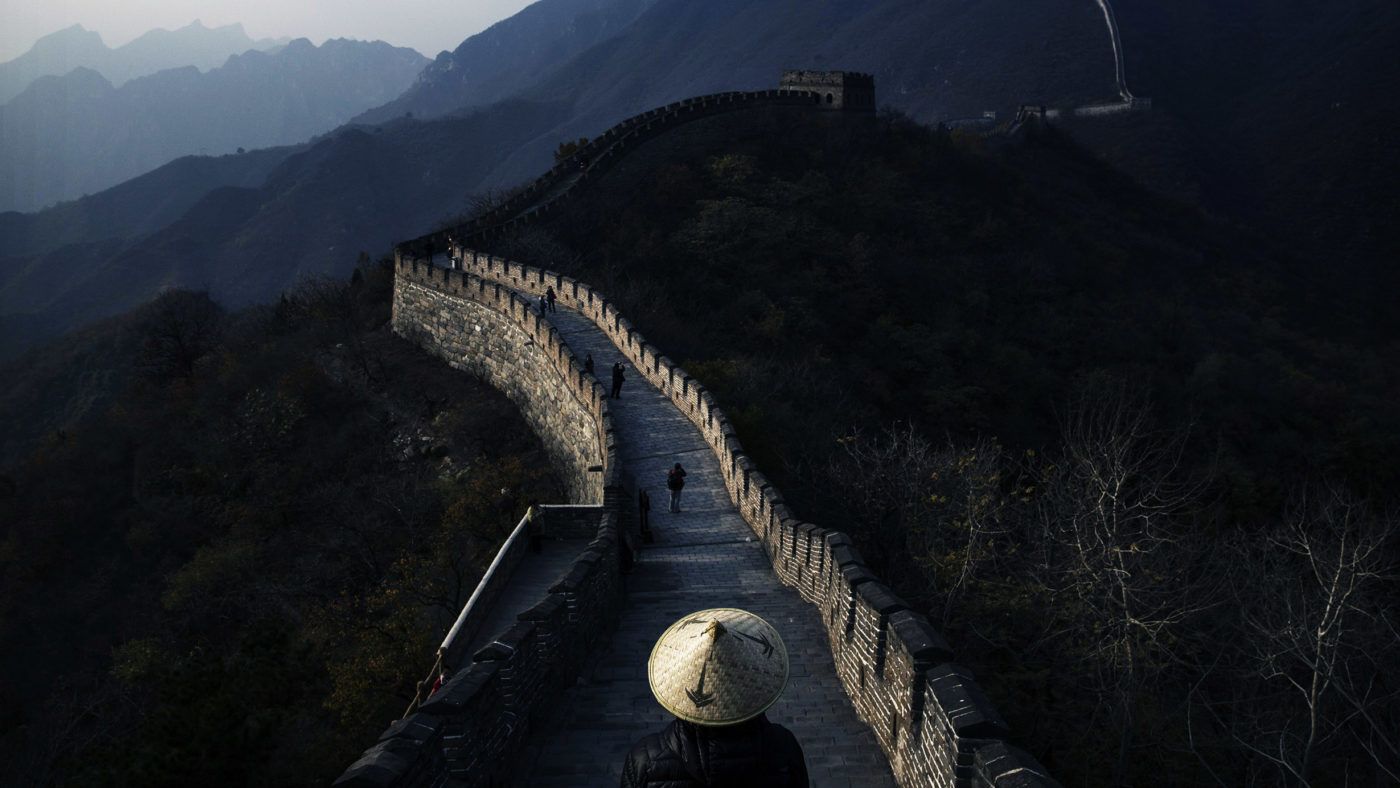A quarter of a century ago, it might have sounded like madness to predict that China would today consume half the world’s output of commodities, or that almost a third of bonds issued by the rich developed nations would have negative yields.
The reason why this is happening is largely because global capital is shifting at a rate not seen since the 1930s, the years when economic leadership switched from Europe to America. And it is doing so because a new shift is under way: from America to Asia (for which read China).
New trends do not always start smoothly. But the social and political signs do seem to read much like they did in the 1930s, albeit with different languages and personalities. Brexit and Trump point to a rise in nationalism and isolationism; the various breakdowns in international trade talks raises the prospect of future tariff wars, and China’s sabre-rattling in the South China Sea has obvious militarist parallels to the inter-war years.
Economically, a key consequence of the capital shift of the 1930s was American deflation. Today, a similar deflation is spreading out from Asia. As a result, every major Western economy is failing to reach its inflation targets.
Eighty years ago, politicians resorted to unconventional policies to raise prices. Likewise today: fixated by a belief that loose money creates inflation, central bankers have tried low interest rates, quantitative easing (QE) and even negative interest rates. They are even contemplating the use of helicopter money, i.e. the Bank of England or Federal Reserve printing money to directly finance state spending and so get prices up.
Although such policies have failed to date, there is every chance that helicopter money will work: experience shows that it is government largesse that really creates high street inflation. Loose money, by contrast, drives up asset prices rather than high-street prices.
Taking these two trends together, I will make a bold prediction: that 2017 will see China’s economy pick up and America’s touch recession. The gloom may even arrive earlier: once celebrated cash cows, US corporations are now struggling to generate cash-flow, which may explain their low capital spending and flatlining new orders.
So why will China be fine? Because Beijing has spent 2016 progressively loosening its monetary conditions and simultaneously expanding state spending. It is, in a sense, the first major economy to use “helicopter money”: Japan may be the next.
The significance of this is that Chinese monetary policy tightened noticeably last year, which has caused damage to the real economy this year. Equally, this year’s Chinese monetary easing will be felt most across Asia in 2017. China may not be returning to the heady double-digit GDP growth rates of five years ago, but the key point is that its economy will stabilise along a sustainable future growth path.
While this would be welcome news for emerging market economies, it would offer little succour for the West. The failure of central bank policies, the foolishness of ultra-low interest rates and the wrong-headed use of austerity policies all still need to be addressed. Rock-bottom interest rates impair our banks and make our pensioners poorer. The obsession with fiscal surpluses, by simple mathematics, inevitably forces the private sector into deficit and is more likely to slash firms’ spending.
The 1930s Depression was largely ended not by low interest rates, but by a rise in state spending. This initially took the form of “productive investment” in infrastructure, such as the Reichsautobarns in Germany and America’s Tennessee Valley Authority and Hoover Dam projects – although admittedly governments later in the decade focused more on military re-armament.
Today, productive fiscal policies financed by cheap savings or “free” money have a key role to play in the West. As Philip Hammond acknowledged in his speech to the Conservative conference this week, it is madness for governments not to borrow long-term at today’s interest rates.
Productive state spending that helps to make markets work better could also serve as a rallying statement of confidence: an anthem to the future of the kind that was missing from the failed Remain campaign and is now puzzlingly absent from the similarly fear-driven Democratic election campaign?
In other words, we need to draw a critical distinction between productive and unproductive government spending and quickly start a debate about what is the right type of government spending, such as roads and bridges – before we are forced by geopolitical necessity to choose the wrong kind.


